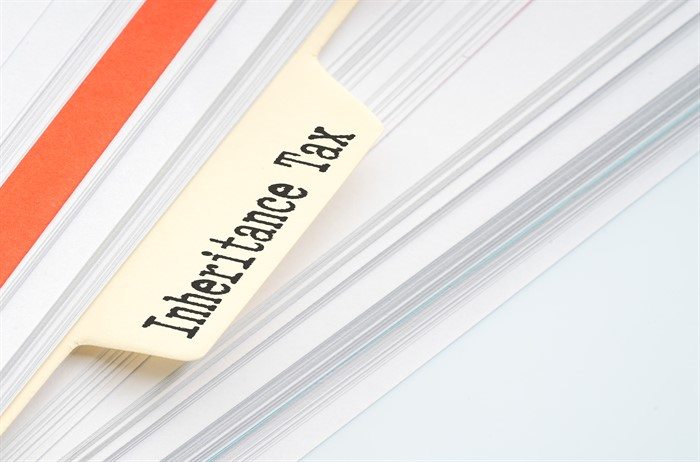George Osborne proposed, well before he became Chancellor in 2010, that the Inheritance Tax nil rate band be increased so most people would never pay it on their main residence.
A few weeks ago, that started to become a reality. Of course, the irony is that Mr Osborne is no longer Chancellor and a promise that started before he got the job only became reality (in part, at least) after he had left.
How do the new changes work?
We each have a nil rate band, of £325,000; that’s the amount we can leave on our death without our beneficiaries paying tax.
There is an exemption between spouses, where an unlimited amount can be passed from husband to wife, or vice versa; the same applies to civil partnerships.
Spouses can also pass on any of their unused nil rate band to their spouse. Therefore, if you leave all your assets to your spouse (or civil partner) on your death, none of your nil rate band will be used up. This can then be passed to your surviving spouse or civil partner. They can then leave up to £650,000 without their beneficiaries paying tax.
In addition, there are various other, relatively small exemptions, you can take advantage of each year.
Your estate will pay tax at a rate of 40% on any amount over the nil rate band; unless the assets are left to charity.
So far so good.
Stay with us, we now get to the complicated bit.
The Residence Nil Rate Band (RNRB) was introduced in April and increases the nil rate band when a main residence is left to a ‘direct descendant’; defined as a child or grandchild, including those who are adopted.
The RNRB will be set at £100,000 in the 2017/18 tax-year. This means that where an estate includes a main residence the amount that you can leave, free from tax, is £425,000. Again, any unused allowance can be ‘inherited’ by your spouse or civil partner.
The RNRB will then rise from £100,000 in the current tax-year, as follows:
2018/19: £125,000
2019/20: £150,000
2020/21: £175,000
Assuming the rules aren’t changed, the RNRB will then rise in line with inflation, as measured by the Consumer Prices Index (CPI).
It isn’t all good news
Not all estates will benefit from the new rules though.
Estates worth over £2 million will have their RNRB reduced, or ‘tapered’, by £1 for every £2 over £2 million.
Therefore, an estate of say, £2.1 million will see their £100,000 RNRB cut to £50,000.
It’s complicated!
It was Roy Jenkins who once famously said: “Inheritance Tax; – it is, broadly speaking; a voluntary levy paid by those who distrust their heirs more than they dislike the Inland Revenue.”
That may well once have been the case, but not now.
The amount of money the Government received from IHT jumped to £4.67 billion in 2015/16 from £3.83 billion in the previous year (source: GOV.UK)
That means, despite the introduction of the Residence Nil Rate Band, you should seek advice about ways to minimise the tax due on your death and maximise the amount you leave to your loved ones.
We are of course here to help. If you have more questions about Inheritance Tax, the amount which would be paid on your death, and how to reduce it, please call Ben or Jane on 0113 262 1242.







